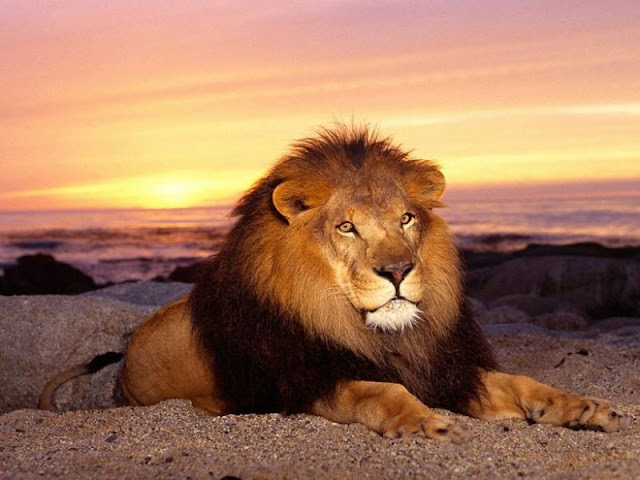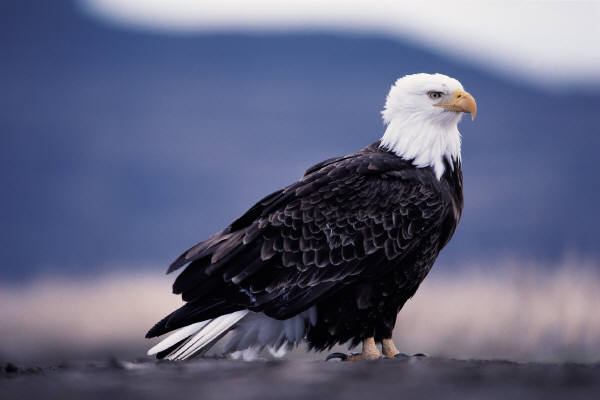Animal State | Koala | Typical and New South Wales Koala weights are 12 kg (26 lb) for men and 8.5 kg (19 lb) for women. In tropical and subtropical Queensland, but the Koala is smaller (about 6.5 kg (14 lb) for an average male and just over 5 kg (11 lb) for an average woman), a lighter gray many times color rather scruffy, and has shorter hair thinner. In Queensland the Koala was previously considered subspecies P. cinereus adustus and intermediate forms in New South Wales as P. cinereus cinereus classified. Koala can also white fur, in rare cases, a recessive gene. Koala origins are unclear, although they are descended from terrestrial Wombat, almost certainly, like animals.
Koala is cooled to a specialized diet of eucalyptus trees to climate and eucalyptus forests grew in place of rainforests. Fossils show that living 50,000 years ago, giant koalas in the south of Australia. Koala fills the same ecological role as the sloth of South America Koala is broadly similar in appearance to Wombat (its closest living relatives), but has a thicker coat, much larger ears and longer limbs. Koala has large claws, sharp to assist with climbing tree trunks. Weight varies from about 14 kg (31 lb) for a great man south, approximately 5 kg (11 lb) for a small northern female. The five fingers are two koalas left thumb for better grip. Koala teeth are herbivores, adapted to their diet and are similar to those of marsupials such as kangaroos and Wombats diprotodont.
Dental formula for koalas is a male koala, like many marsupials, has a bifurcated penis. Female has two vaginas and two separate lateral uterus, which filled in all marsupials, koalas brain ancestors today once all the cranial cavity, but decreased dramatically in this species, a degeneration scientists suspect that adaptation to a diet low energy. There is little reliable information about the life of Koala, but was observed in captivity, reach age 18 Females reach maturity at 2-3 years, males at 3-4 years. A healthy female baby koala can produce one young each year over 12 years. Twins are very rare, the world's first confirmed identical twin Koalas, were named "Euca" and "Lyptus", University of Queensland, was born in April 1999. A baby koala baby is called Joey, and is hairless, blind, and earless.
Young women in nearby areas, which spread time, often young mothers to stay home until within two or three years. Koala lives almost entirely on eucalyptus leaves. Koala can be aggressive towards each other, one foot in front to throw their opponents and bite, although aggressive behavior is just bickering. Dealing with koalas can cause stress, and stress the problem of aggression and the handling is a political issue in Australia. Koalas spend about three to five active hours eating. Koala eating an average of 500 grams (18 oz) of eucalyptus leaves each day, chewing them with powerful jaws in a very fine paste before swallowing.
Koala will eat the leaves of a wide range of eucalypts, and occasionally even some non-eucalypt species such as Acacia, Leptospermum and Melaleuca. It has strong preferences vary depending on certain types of eucalyptus in these preferences by region: the South hand chewing gum, blue gum and swamp gum are favored, Grey Gum and Tallowwood are important in the north, and ubiquitous River Red Gum isolated seasonal swamps and streams that can live on dry plains hiking the arid interior of koala surprising. Many factors determine which attaches to 680 species of eucalyptus trees Koala. Among trees of their favorite species, but the main factor determining individual trees the Koala chooses is the concentration of a group of toxins called formylated Phloroglucinol phenolic compounds. Studies on koalas by holders of 13 zoos and wildlife in New South Wales shows that the most preferred group of eucalyptus leaves lower levels of condensed tannins were.

























































